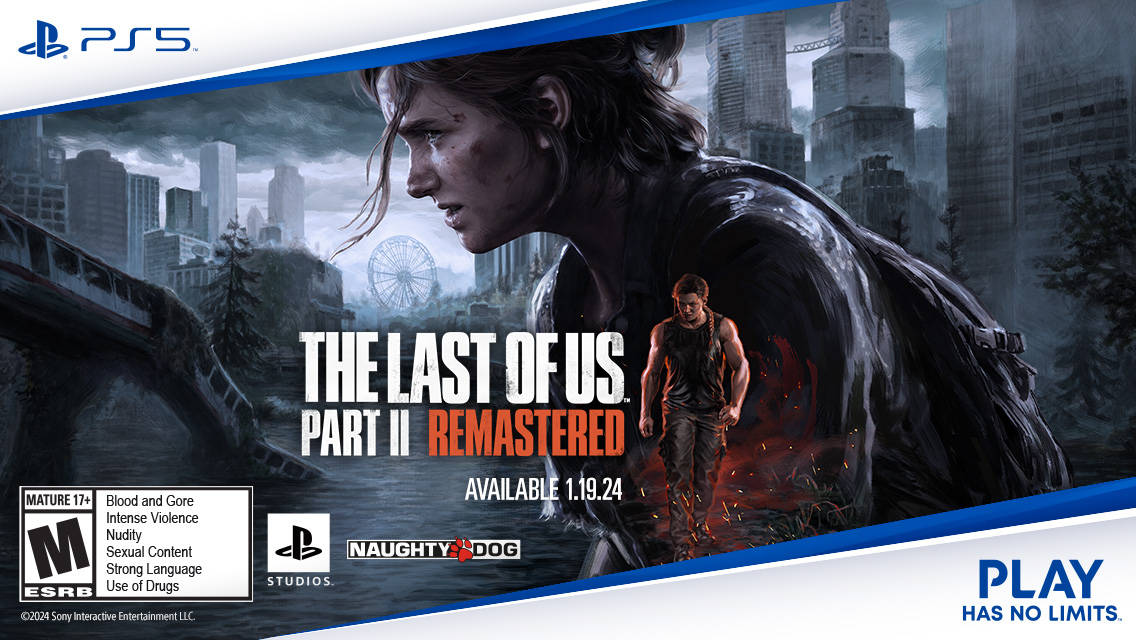For the past six years, Etrian Odyssey, Atlus’ collection of hardcore, retro-styled dungeon-crawlers, has hooked all types of role-playing fans. In fact, it’s even reeled in those of us who didn’t particularly care for the series that inspired it in the first place—the punishing ’80s PC labyrinth adventure Wizardry. For all of its classic influences, though, Etrian Odyssey is a thoroughly modern franchise from a design perspective. It’s tough, but it’s also fair and fun. And as I first learned in 2007, it’s a great way to kill six hours at the hair salon when your girlfriend goes for an extended visit.
But a good many RPG devotees—even those who would sit enraptured as Sora finally reveals his long-suppressed feelings to Riku in a heartfelt, three-hour monologue in Kingdom Hearts IV/385+ Days and Nights—haven’t warmed to the four previous Etrian entries. Maybe it was the difficulty. Perhaps mapping the dungeon on the touchscreen with the stylus felt like a chore. Or maybe the lack of a proper narrative turned them off.
Seemingly thinking it might be all three, Atlus aimed to address all of these “issues” with Etrian Odyssey Untold: The Millennium Girl, an enhanced remake of the original 2007 DS game that, for returning players, will essentially feel like a new experience. Newcomers, meanwhile, should feel eased into the proceedings with several gameplay tweaks, including a new “Picnic” difficulty that dials down the challenge and allows for unlimited retries if you perish on the battlefield.
The most obvious change comes with a more fleshed-out narrative and characters, though (but even this isn’t required, since you can opt for Classic mode and a traditional Etrian adventure). Rather than creating your party from scratch and giving them their own (unspoken, unseen) personalities, you’ll meet a ragtag bunch of adventurers with built-in classes and skills. They’re really nothing more than your standard collection of Japanese RPG tropes—though, to their credit, Atlus’ localization team has infused the plucky cast with a decent amount of personality, including perhaps the first “Canadian” characterization in JRPG history.
The one drawback to this element is that the voice acting—and sound mixing—can be weirdly uneven at times (I shouldn’t have to turn down the volume every time I enter my guild’s home base for fear of ear damage). And, strangely, the plot actually spoils a major twist from the original early on, so if you really want to experience the game the way players six years ago did, you’ll have to play the DS version.
That’s about the only reason I’d recommend to go back to the original, however, since just about everything else makes that game look absurdly dated. The ability to switch between legendary composer Yuzo Koshiro’s retro-styled chiptunes and the new arranged versions is a welcome touch (if you get a little tired of a particular battle theme, it’s almost like switching to a whole new soundtrack), and at long last, the series finally introduces a “paint roller” tool to assist with quickly creating auto-walking paths and making it far less of a headache to backtrack.
Purists may recoil in horror at the “floor jump” feature, which unlocks after you’ve uncovered all of a given map’s entrances and exits and allows you to warp directly to a given staircase upon entering the labyrinth, but you’re free to ignore it if you like. There’s even a new support character who cooks up special in-dungeon enhancements for your party and will toss you a few healing items at no charge from time to time.
The vast majority of these changes are welcome and overdue. About the only complaint I have left is that the amount of available navigational icons still feels a tad small (maybe one more page of options would be optimal), but it finally feels like the developers have thought of just about everything and listened to fan feedback when it comes to Etrian‘s mapping segments—they’re certainly as streamlined and painless as they’ve ever been.
The only other major issue is one that probably can’t be helped from Atlus’ perspective: a single save file. This means that you can only play Classic mode or Story mode—not both at the same time. I realize memory issues outside of Atlus’ control may be at fault (and this isn’t the first Etrian Odyssey to only offer one save file), but it really does this particular game a disservice. I can imagine some players might want to try the game on Classic while they introduce their significant other to the experience via Story mode, but that’s not possible at the same time with the available options, unfortunately.
Newcomers should devour Etrian Odyssey Untold without a problem—and if you can’t get into the series with this one, you likely never will. For who’ve played every entry, this will ultimately feel like an ever-so-slight step back from the sweeping changes seen in Etrian Odyssey IV: Legends of the Titan. I really enjoyed how that game took the time to highlight the “in between” segments of a role-playing adventure and integrated them into the overall experience. You didn’t just head straight into dungeons—you had to use navigational savvy in order to find them in the first place, which made it feel like a complete adventure. Here, you’re back to exploring strictly dungeons, which can grow tiresome at times.
To make the comparison to another excellent Atlus RPG series, it would be like Persona 5 going back to the monotonous dungeon designs of Persona 3 instead of the fabulous themed labyrinths of Persona 4 (hint, hint!). It’s not that Untold’s dungeon designs are bad—far from it—but they just feel a lot more stifling after the boundless possibilities of Etrian Odyssey IV. Regardless of how you might feel about this slight step backward or the various story “enhancements,” all returning players should find dungeon exploration as enjoyable as it’s ever been in Etrian Odyssey Untold.
|
★★★★☆
On the surface, Etrian Odyssey Untold may look like a retread, but the enhancements made to the 2007 DS original are substantial enough for veteran players to give it a whirl, and the barrier of entry has been lowered so that anyone who calls themselves an RPG fan can find enjoyment. |
Developer Atlus Publisher Atlus ESRB T – Teen Release Date 10.01.2013 |
| Etrian Odyssey Untold: The Millennium Girl is available on 3DS. Primary version played was for 3DS. Product was provided by Atlus for the benefit of this coverage. EGM reviews on a scale of one to five stars. | |

A proud Japanese RPG and serial-comma enthusiast, Andrew attended E3 for more than a decade. His least-proud moment? That time in 2004 when, suffering from utter exhaustion, he decided to take a break on the creepy, dilapidated—and possibly cursed—La-Z-Boy at Konami’s Silent Hill booth.





